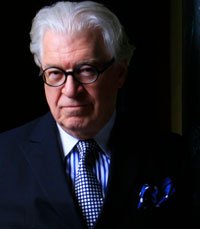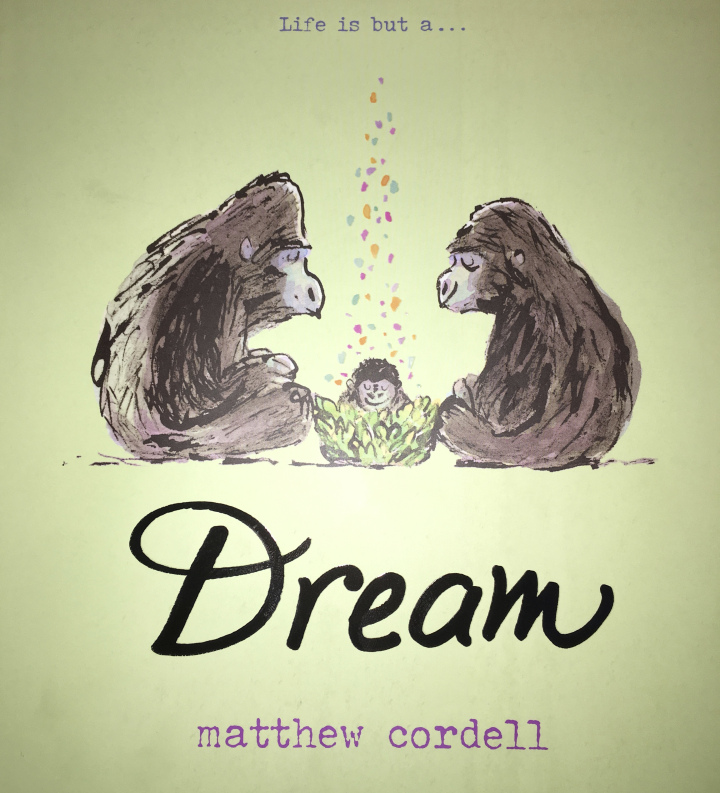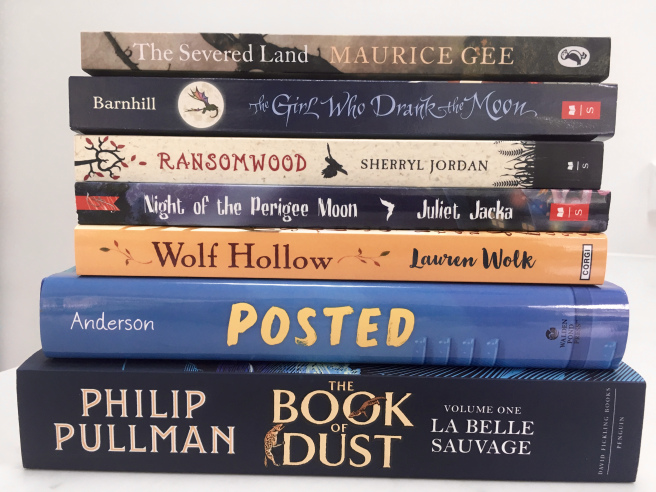Note: The pages I am referring to are from a PDF file on my computer so it might be not quite the same as the printed version of the book.
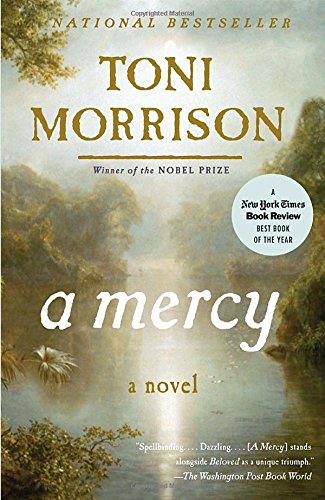 The cover of the book “A Mercy”
The cover of the book “A Mercy”
A mercy is story that revolves around the lives of both slaves and slave owners. In the novel “A Mercy” written by, Toni Morrison Lina reminds me of the common archetypal figure “The Mentor”. Being a mentor means his or her assignment is to protect the leading character. It is through the knowledgeable guidance and preparation of a mentor that the leading character makes progress in the world (Literary devices) According to that definition Lina is a perfect example of a mentor because Lina takes Florence and safe guards and looks after her. For example Lina helped Florence in the hot summer day when the hammock wasn’t working and she made a place to sleep out of branches. “In summer if our hammocks are hit by mosquitoes Lina makes a cool place to sleep out of branches.”(A Mercy, 12) Also Lina tried protecting Florens and keeping her away from blacksmith since she thinks its all infatuation and saw some danger in their relationship.
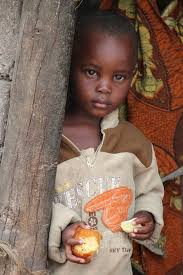 An innocent child hopefully looking on.
An innocent child hopefully looking on.
I also, think that the charter Florence best fits the innocent archetype is, “Characters representing the innocent archetype are often women or children. These character archetypes are pure in every way. Though often surrounded by dark circumstances, the innocent archetype somehow has not become jaded by the corruption and evil of others (5 Common Character Archetypes in Literature).” I trust this prime example speaks to Florence precisely in light of the fact that she is a young lady who lives with her mom and is a defenseless child. When she needs to leave her mom since her owner D’Ortega’s can’t pay off his debt to a Jacob he gives up one of his slaves. Unfortunately she feels undesirable since her mom has picked the new conceived child over her. Also you may not know she was a child when she was given up and as the story progress she grows up and becomes a teenager.
Also, in this novel Florens’s mother in my opinion is the mother figure. Her mother impulse makes her normally put her children first. For different mothers it is a harder choice. (wild gratitude) I believe this is true because Florens’s mother sent her as opposed to abandoning Florens since she didn’t want Florens to encounter the same physical, physiological and sexual; mishandle she endured at the present plantation.
I additionally, believe that Jacob Vaark is an every man archetypal figure. The every man archetypal figure regularly goes about as with his normal lifestyle.( 5 common archetypes) “It became clear what D’Ortega had left to offer. Slaves. Jacob refused. His farm was modest; his trade needed only himself. Besides having no place to put them, there was nothing to occupy them. “Ridiculous,” said D’Ortega. “You sell them. Do you know the prices they garner?” Jacob winced. Flesh was not his commodity.”(Morrsion,20)This character is an ordinary individual, yet for reasons unknown, he or she should confront remarkable conditions. I believe this because he was given Florens in the first place because Ortega couldn’t pay their debt they owed him.
When the compared to the novel “The Wars” I believe that they are very similar when using the mentor archetypal figure the main character in that book Robert Ross used to nurture and help his sister because she was disabled. When she died he felt like should take responsibility for her death because she fell and he wasn’t watching her he was busy in his room. In both novels both Lina and Robert take it upon their selves to help or mentor another character.
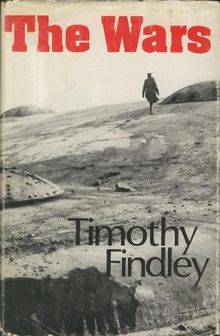 Cover of the “The Wars”
Cover of the “The Wars”
An archetypal symbol I found out in my novel was when they were referring to the sun at one point “Unlike the English fogs he had known since he could walk, or those way north where he lived now, this one was sun fired, turning the world into thick, hot gold”. (Morrsion,14) I interpreted as simply after he has gone through the fog is he ready to acquaint himself with this recently discovered environment, as he develops—dreamlike, early—from “hot gold”
In the wake of looking at “A Mercy” through a archetypal point of view I could see that there is an exceptionally presence nearness of a mother and mentor figure in this novel. Also, I like Morrison’s utilization of nature to speak to character like structures or how her so vividly describe the 1680s which must have taken a lot of research is really extraordinary in its own particular manner. I trust I didn’t ruin to much to you. Read the book you won’t think twice about it and contrast your archetypal perspectives with to mine. And don’t forget to leave a comment


